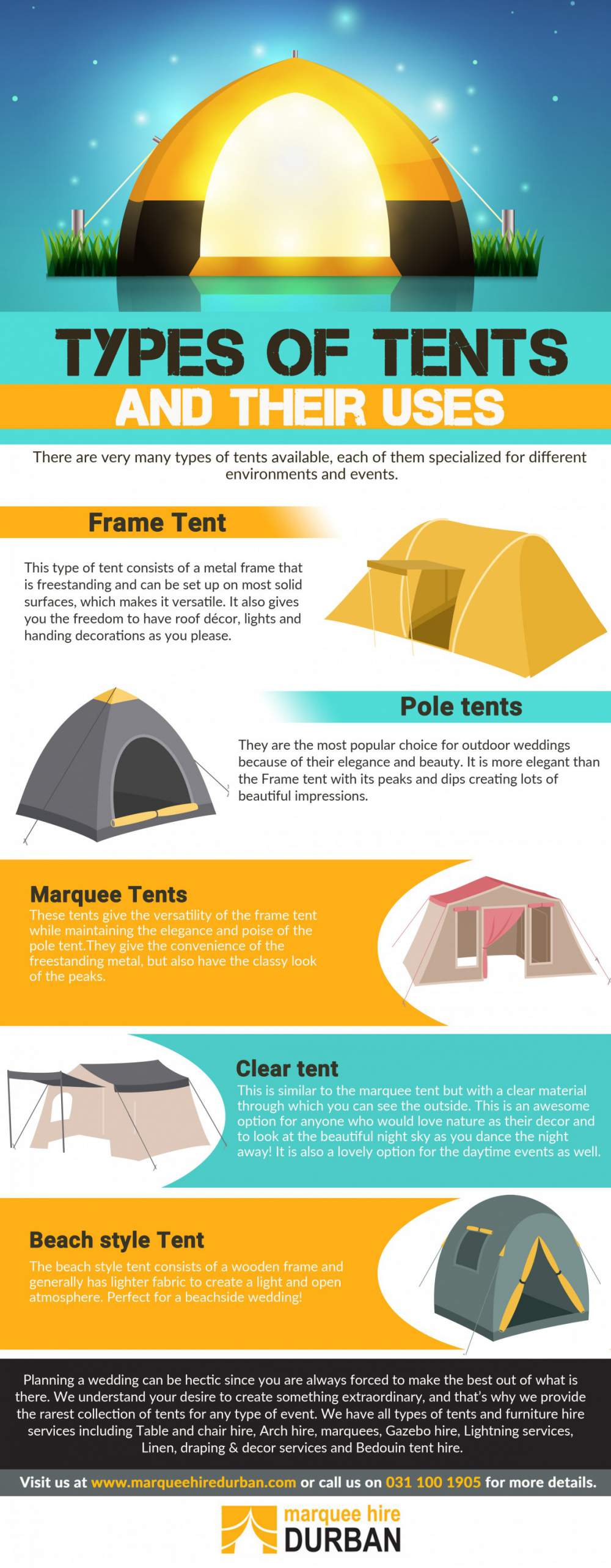The Hold Drawback is a simple and protected method to establish outdoor tents guy lines. It's also an excellent strategy for backing out a stubborn tent secure. It can likewise be utilized to develop a flexible tarpaulin guy line where the adjustment is made at the tent/tarp end. It works in high winds as it does not slide.
1. Bowline
Bowline is a knot that makes a loop at one end of a rope. It's simple to tie and unknot, and it stands up to obstructing quite well.
It's likewise a great knot to utilize for signing up with two lines together, although it's generally recommended that you make use of a various technique (such as a sheet bend or square knot) for this function, to stay clear of having the two different bowlines put on against each other gradually and damage the line.
One potential issue with bowlines is that they can conveniently jam or bind if the functioning end is incorrectly gone through the bunny hole. Several important failings have been reported as a result of this, especially when made use of in climbing up applications. To help avoid this from taking place, you can make a left-handed bowline by passing completion around the standing part of the loop instead of with it, as received the computer animation below. This variation apparently does better and withstands ring tension (a distending force used either side of the knot) far better than the typical bowline.
2. Grip Hitch
Utilizing these grasping drawbacks to safeguard your individual lines helps you avoid the problem of your line jamming while changing or tightening them. They are additionally useful when attaching a line to an object that is more difficult to reach than your standing end, such as a tree or big anchor item.
The Hold Drawback is a rubbing knot that can be quickly moved up or down the line while slack however holds firm under tons. It serves for tensioning ridgelines or person lines and for camping applications to safeguard tarpaulins or outdoors tents.
To link the Grasp Drawback, pass the functioning end around the standing component two times and put it under itself. To tighten up, pull on the functioning end to produce a bight and afterwards utilize the bight to protect the knot to itself. For included protection, you can cover the functioning end around the standing component 3 times to boost rubbing and stop the drawback from slipping under tons.
3. Midshipman's Hitch
Also known as the Taut Line Hitch (ABOK # 1856, p 310), Flexible Drawback, or Rigger's Drawback this knot produces a flexible loop at the end of a rope that can be glided backwards and forwards the standing end but still holds firmly when tightened up. It is additionally very easy to unknot while under tons.
Ashley suggests this knot for a camping tent man line because unlike the bowline it can be tied while under load and is much less vulnerable to turning. It additionally creates an intermediate Awning Drawback that can take the first lots while linking the last Fifty percent Drawback
To use this knot wrap the working end around an item such as a pole or cleat. Next pass it back towards the object with the first Half Hitch developing a drawstring bag 2nd Awning Drawback. Finally surface tying the last Fifty percent Drawback and pull hard to gown and tighten up. For extra safety wrap a second Midshipman's Hitch on top of the first.
4. Adjustable Grip Drawback.
The Adjustable Grip Hitch, additionally known as the Crawley Adjustable Hitch and the Adjustable Loophole Knot, is a rubbing drawback that can be quickly moved up or down a line with slack but holds firm under lots. It is commonly made use of for readjusting outdoor tents ridge lines or tarps around camp.
This slide-and-grip knot provides good grip and is simpler to tie than the Tautline Hitch or Midshipman's Drawback, however shouldn't be utilized for important applications considering that it may slip when shock packed. It can be improved by adding added beginning turns to enhance the "grip" and rubbing in unsafe materials.
To link this friction drawback, pass the working end around the things, after that cover it back together with itself and put completion under the 2nd turn. Pull the functioning end to tighten the knot.
